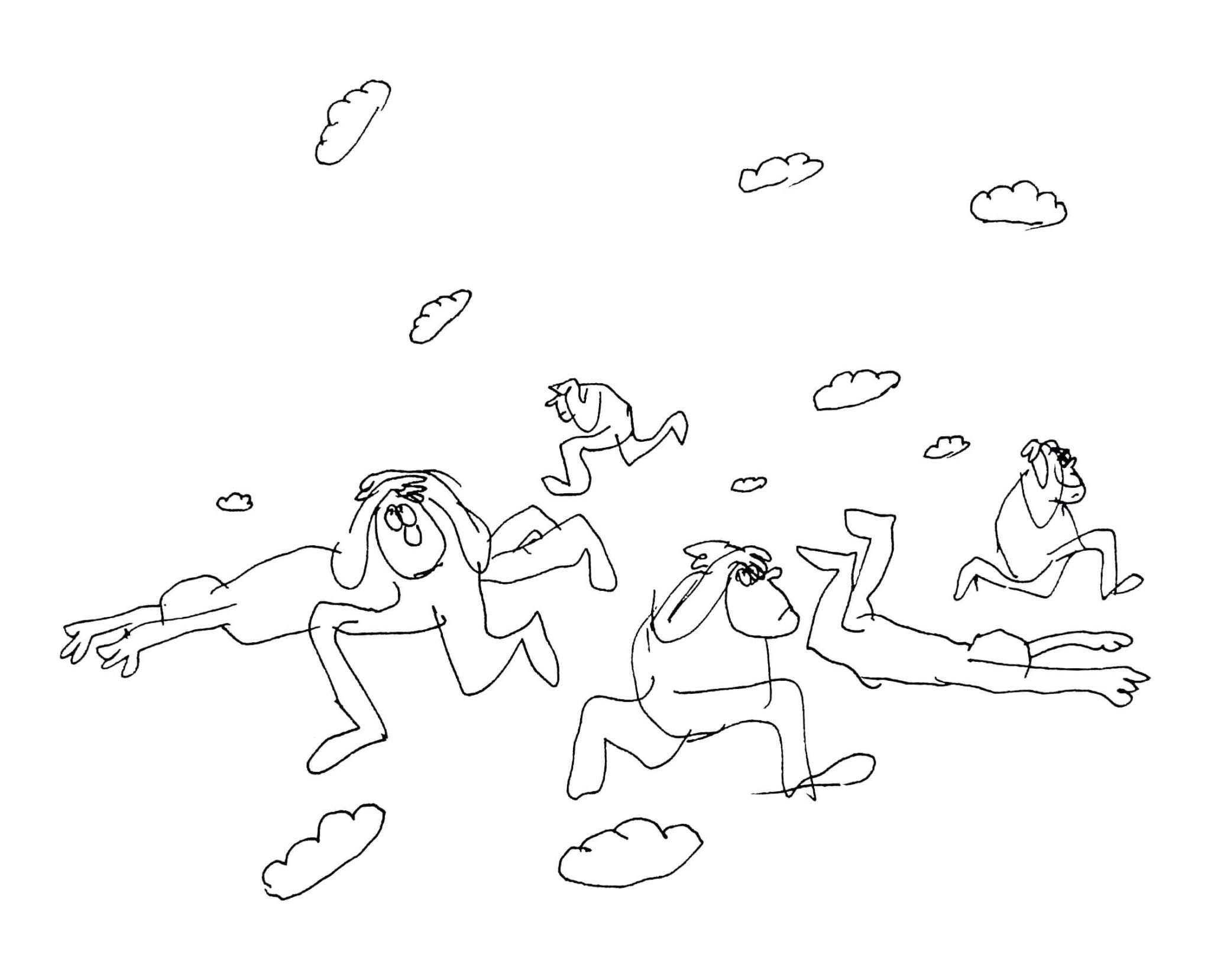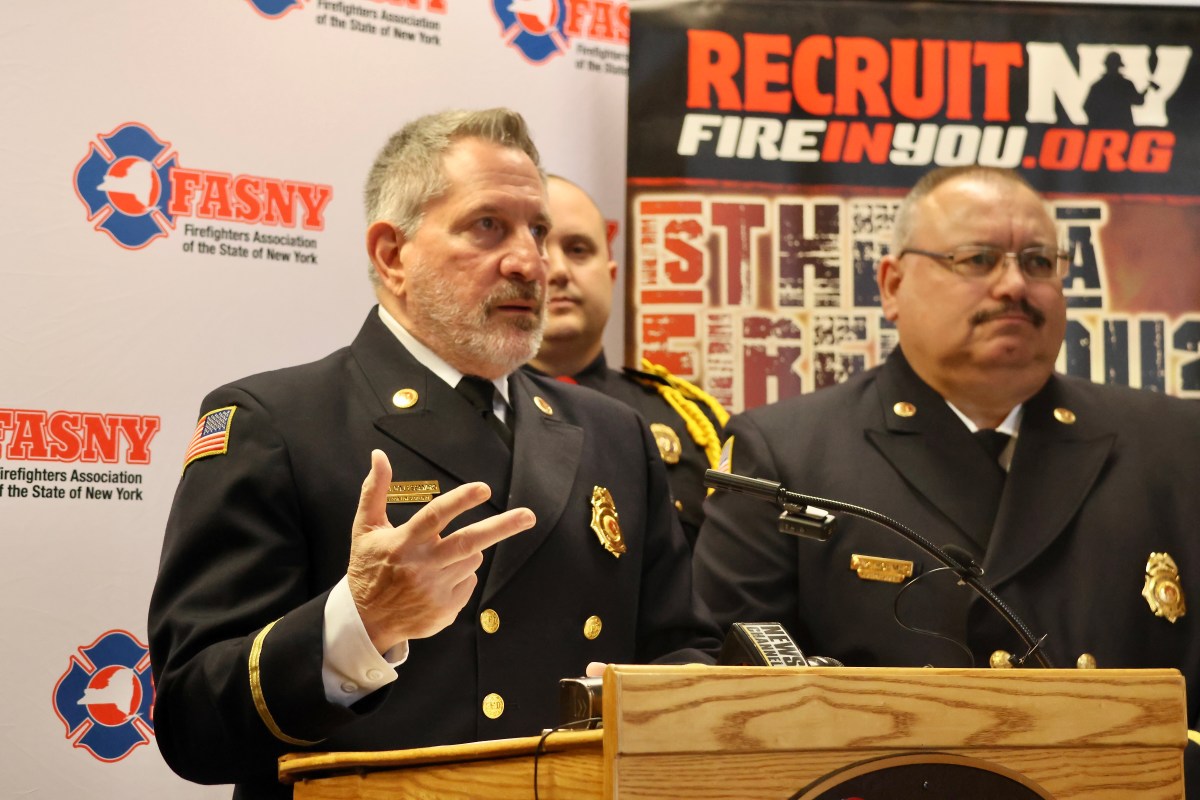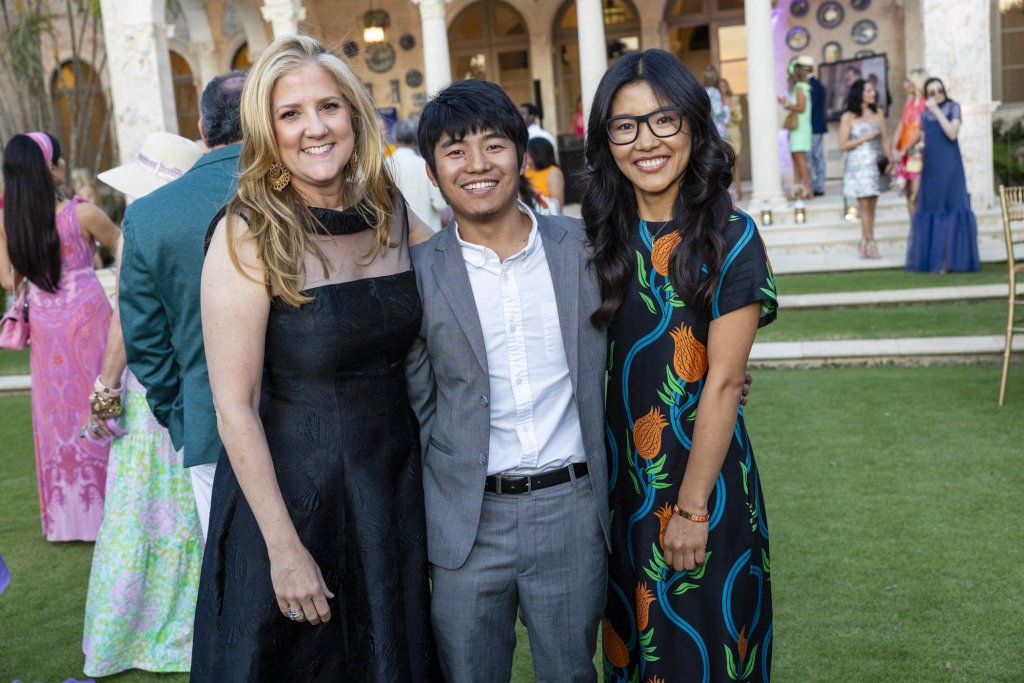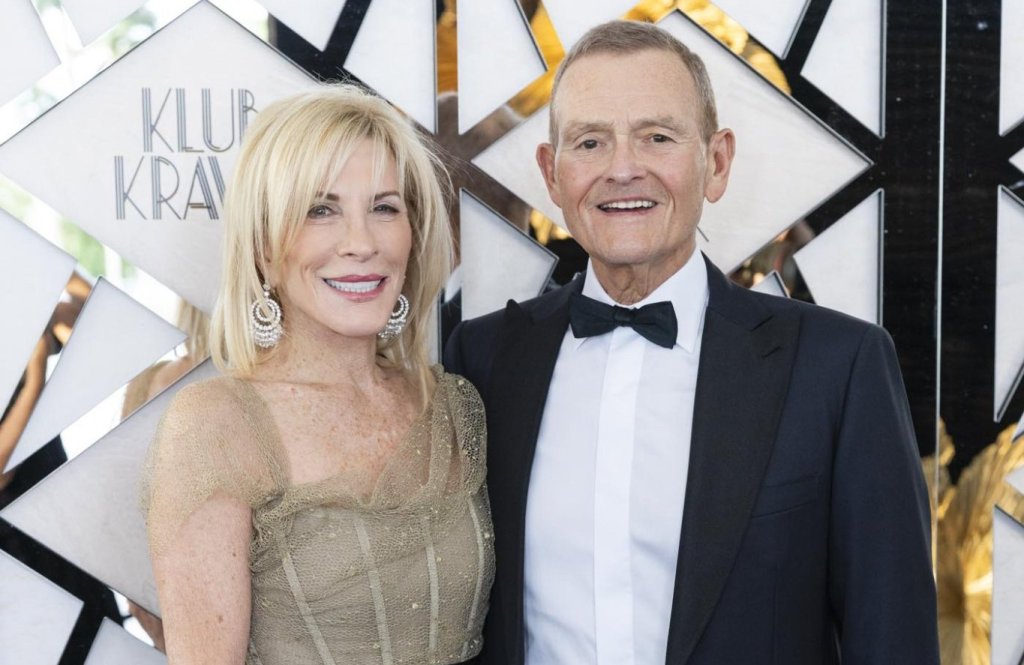Typewriter Orchestra

My wife and I went out for an evening in Sag Harbor last Saturday night. It had been a cold dark day with windchill in the teens and when the sun set at 4:30 in the afternoon, night commenced. A little colder, a little darker. Well.
Our first destination was a concert performed on typewriters at 6 p.m. at the Church, the new cultural center in town. We’d been told that Tom Hanks has a large manual typewriter collection. Maybe he’d be there too. Also, I thought, the typewriters might be accompanied by other instrumentation to good effect. I remember a successful Christmas song from years ago called “The Typewriter” by Leroy Anderson, a holiday favorite.
There’s a reason that C, the first letter in Church, is now capitalized. It was originally built with a small c by Methodists in the 19th century when Sag Harbor was a leading port for whaling ships, (others were Nantucket, New Bedford and Lahaina). A lot of praising of God went on then and Sag Harbor has about 10 houses of worship to document it. In recent years however, membership has declined and some of them have been sold because of the cost of keeping them up. The very large Methodist church is among them. And the Methodists now worship in a smaller one nearby. As a result this is now The Church, a center where performances by typewriter can take center stage.
Thus came the Boston Typewriter Orchestra. And the performance was solid rhythmic key clacking and bell dinging by six performers, two with long beards, who sometimes held these iron machines over their heads, chanted, strode around amidst the audience, shouted and sang incoherently with the typewriter banging. It was a kind of savage tribal war dance situation. Nice for a little while, but with no real buildup to any grand climax. When one of the bearded warriors deliberately fell across a group of seated audience members momentarily, it seemed sort of appropriate. We stayed.
Afterwards, we had dinner right next door to The Church at Il Cappuchino, an Italian restaurant known for its generous portions of pasta, garlic knots and red wine. A hundred or more chianti bottles hang from the ceiling, many when the place was founded, 50 years ago. It’s a town classic.
On the short, dark walk over to the restaurant, we passed a giant intertwined sculpture of white tubes about ten feet high on The Church lawn. Apparently, village officials approved The Church’s application allowing this work of art to be there.
It reminded me of a battle the town had for 10 years two blocks away when Ruth Vered, a gallery owner, put up a 15-foot sculpture created by Andy Warhol on the front lawn of her now residential former church. It was a pair of shiny white women’s legs in high heels. Neighbors were stunned. Art on our lawns? They contacted village building inspectors who came, measured, took pictures and fought with Vered for 10 years.
I recall being there when an inspector measured their height: 17 feet. The legal height for art on a lawn was 16 feet, apparently. Finally, after tens of thousands spent on lawyers, Vered won, but then took the sculpture down anyway.
Over dinner, I remembered another story about this community’s zoning laws. When Il Cappuchino first opened all those years ago, village inspectors told them the restaurant building was nice, but there was a problem with the entry door. The restaurant, fronting 80 feet along Madison Street there, had its entry door in the middle.
But this violated a village ordinance declaring no merchant could get a liquor license for any establishment that had an entry door 100 feet from a church entry door.
Except for one foot of frontage at the farthest end of the building, you couldn’t have an entry door.
And so, because an entry door built on that one foot of frontage would be too small except for very skinny customers, the owner closed up the old entry door, and where the building frontage ended and turned to become a side wall separated from the neighboring building by three feet, made the entrance along that side wall. That’s how you get into Il Cappuchino today. Didn’t know that, did you?
“And there’s another story I remember,” I told my wife as we wolfed down the food. “A couple of doors down, adjacent to Fischer’s Furniture Store, there was for several years an art gallery owned by Rocco Liccardi. He also lived there. One night around 3 a.m. during a thunderstorm, he was awakened by the sound of something unfamiliar crashing down onto his roof. In the dark he went to a window. Lit by street lights were thousands and thousands of small dead fish, not only on the sidewalk but also, he soon determined, on his roof.
He called the police. They took photos. And though some people thought it was some kind of prank, that was impossible. There were too many fish to be that. It was some kind of natural phenomenon. Fish from the heavens. It could happen.
I was in good spirits that evening. And now I remembered the morning 10 years ago when Brenda Scheider, the wife of actor Roy Scheider, came out to the sidewalk on Main Street from her yoga class to see a man on a ladder taking down the giant five foot tall neon letters reading SAG HARBOR that adorned the façade of that movie theatre. When she asked about it, she was told they were replacing it with smaller letters made of plastic. The neon, up 90 years, was old. Time to go.
No it wasn’t. Brenda went door to door up and down Main Street Paul Revere fashion rousting out store owners and customers who then, as a large crowd, assembled at the ladder and forced the workman to hand over all the neon letters, and then drive off with the plastic.
After he left, the neon letters were hidden away in a shed behind the whaling museum, a fundraiser was held and an exact replacement in neon was created and subsequently placed where the earlier one had been before.
At the fundraiser on Long Wharf that year, I recall Christie Brinkley buying the “S” for several thousand dollars. Others bought other letters.
Just a few 21st century legends of Sag Harbor.



